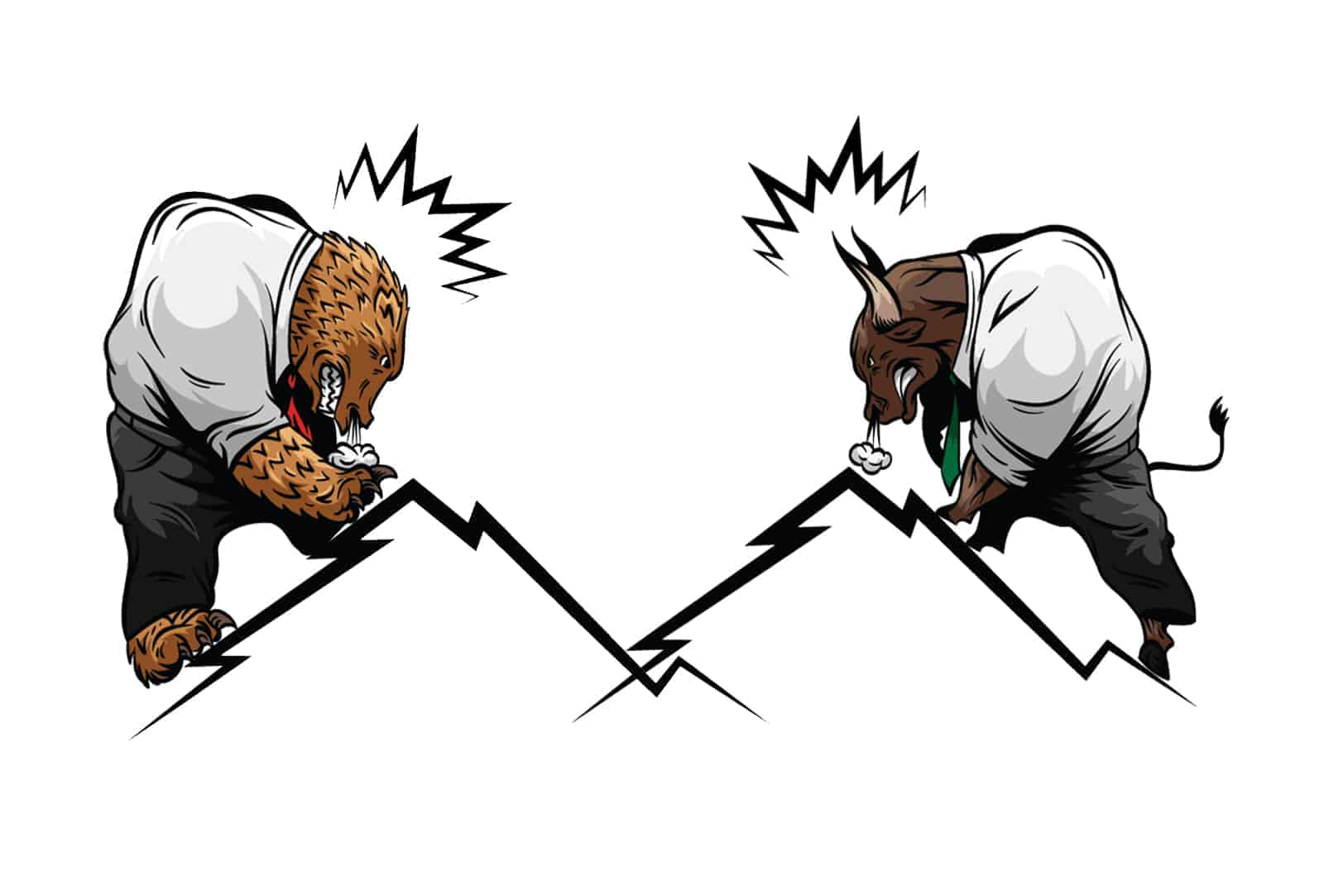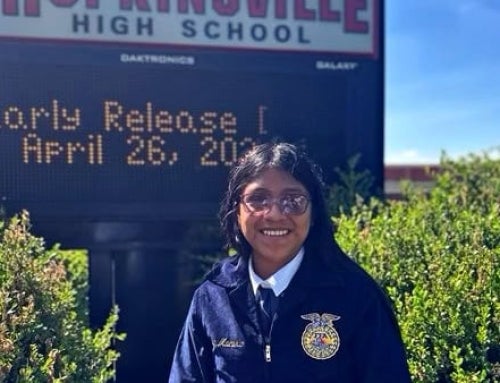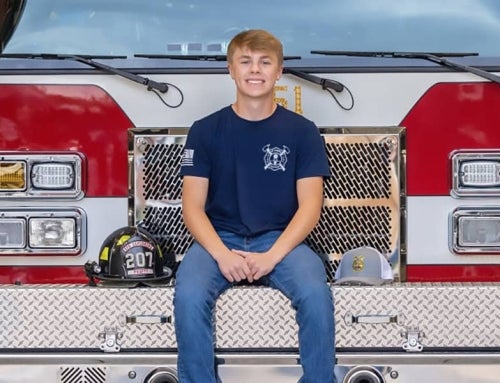Selling crops and livestock for the best price is vital to a successful farm operation, but the idea of actually marketing such important goods can be daunting. The lingo alone leaves many people scratching their heads. If you’re not sure whether you’re in a bull or bear market or if you should be looking at fundamental or technical, this glossary of commonly used commodity marketing terms can help.
Basis: The difference between futures price and cash price.
Bear: A market in which prices are falling.
Bid: An offer price made for a futures contract.
Broker: A person paid to buy or sell commodities contracts.
Bull: A market in which prices are rising.
Call: Option giving the buyer a right to purchase underlying futures at a certain price.
Cost of carry: The cost of storing a physical commodity such as corn, soybeans or wheat for a specific period of time.
Cash market: Market where commodities are traded at cash, or spot, prices.
CFTC: Commodity Futures Trading Commission, the governing body that oversees commodities trading.
Close: The end of a session.
Delivery: The delivery of the physical commodity.
Delivery month: The month the contract is scheduled for delivery. Also known as a contract month.
Expiration: The date at which a futures contract or option expires.
Fundamentals: Supply and demand are often considered fundamental factors that cause prices to rise or fall.
Futures: Contracts deliverable in future months rather than immediately.
Hedge: When investors or farmers take a long or short position to offset a competing position. Often used by growers against price moves either lower or higher.
Index futures: Contracts based on indices such as Standard & Poor’s Goldman Sachs Commodity Index (GSCI).
Limit down: The maximum amount a contract can fall in a given session, determined by the exchange.
Limit up: The maximum amount a contract can rise in a given session, determined by the exchange.
Liquidation: Closing of a position, whether it’s short or long.
Long position: Betting that prices will rise, often by buying a contract.
Money manager: The manager of a large amount of index or hedge funds that often take positions in futures or options.
Offer: The offer price to sell a contract.
Open: The start of a trading session.
Open interest: The number of futures contracts that have yet to separately be bought or sold.
Open outcry: Trading futures or options in an area by traders using verbal commands or hand gestures.
Opening price: The price of a contract at the beginning of a trading session.
Option: A contract that allows a person to buy or sell a commodity, without obligation, at a designated price.
Pit: Where open outcry traders buy and sell futures and options.
Put: Option giving the buyer a right to sell underlying futures at a certain price until expiration.
Range: The area between the bottom price and the top price in a certain time frame.
Settlement: The price at which futures contracts close after all trades are settled.
Short position: Betting that prices will fall, often by preselling a contract.
Speculator: An investor who bets that futures will rise or fall based on fundamental or technical factors, sometimes known as a speculative investor.
Spot price: The immediate cash price of a commodity.
Spread: The difference in price between the same commodity in varying months, separate commodities in the same month or separate commodities in varying months.
Strike price: The futures price should the buyer decide to purchase a contract used for options.
Technical analysis: Using historical movements and other non-fundamental factors when deciding whether to purchase or to sell futures contracts.
Tick: The smallest amount a contract can move. For most agricultural futures, one tick is a quarter-cent.
Volume: The number of contracts traded in a given amount of time.












